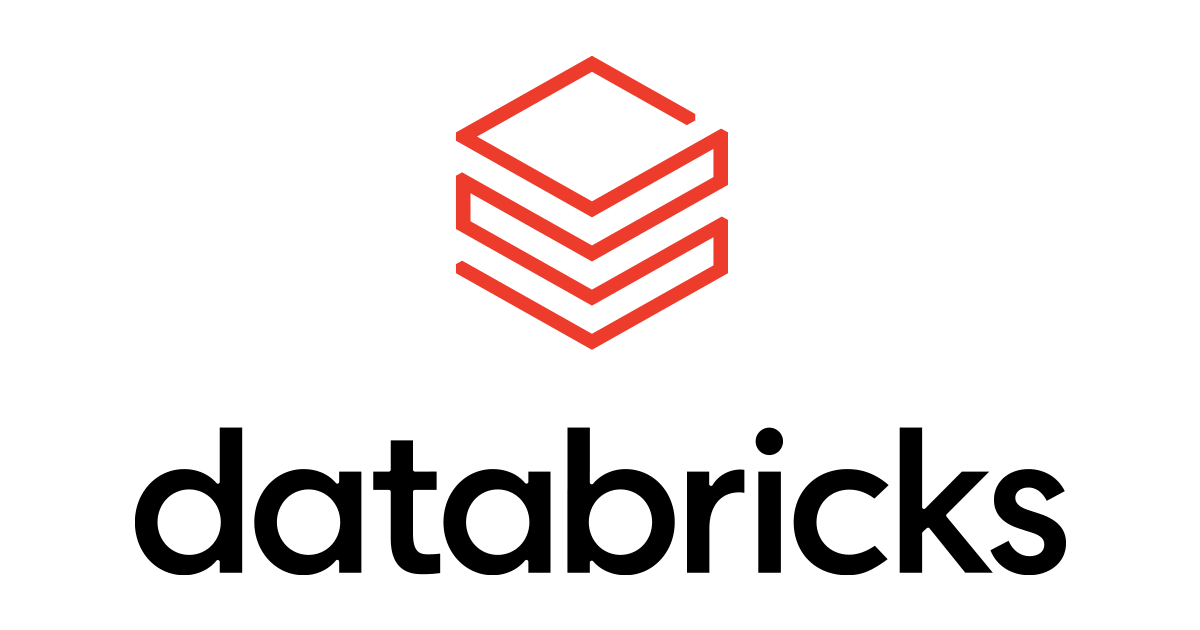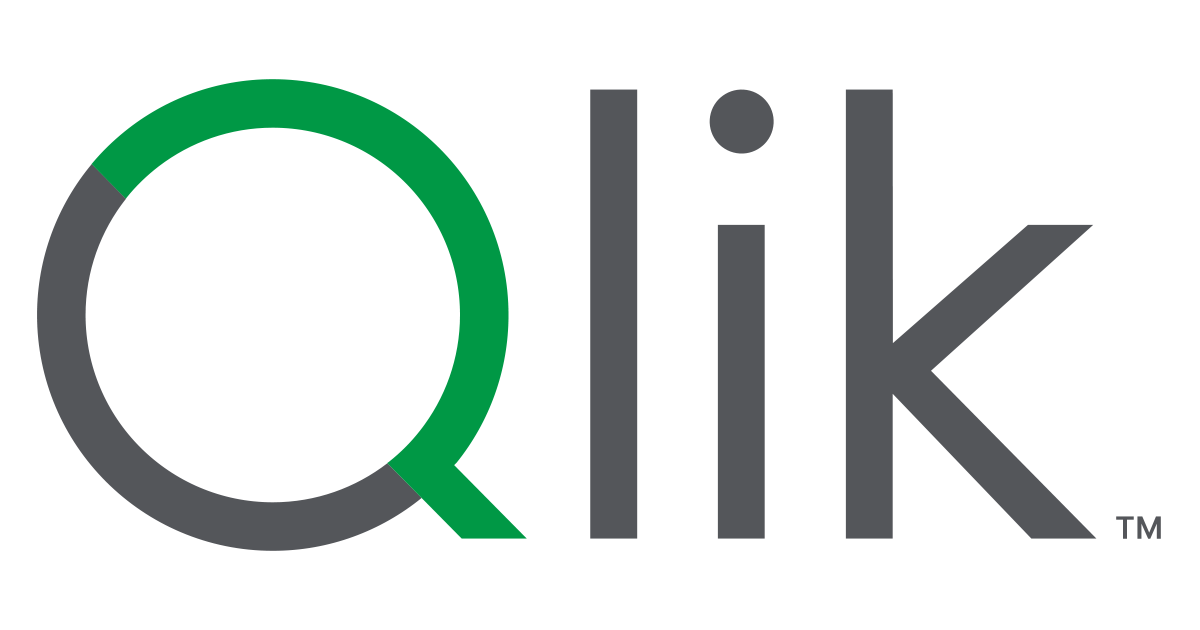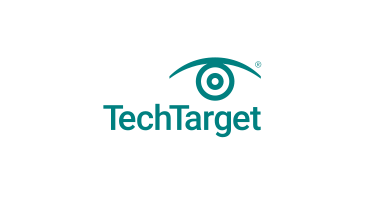A data pipeline is a set of network connections and processing steps that moves data from a source system to a target location and transforms it for planned business uses. Data pipelines are commonly set up to deliver data to end users for analysis, but they can also feed data from one system to another as part of operational applications.
References
-
 What is Data Pipeline how and why businesses use Data Pipeline, and how to use Data Pipeline with AWS.🔗Amazon Web Services, Inc.
What is Data Pipeline how and why businesses use Data Pipeline, and how to use Data Pipeline with AWS.🔗Amazon Web Services, Inc. -
 Data pipelines help move your data from one place (or more) to another. But why is that important, and how do you actually go about building and implementing one?🔗Cockroach Labs
Data pipelines help move your data from one place (or more) to another. But why is that important, and how do you actually go about building and implementing one?🔗Cockroach Labs -
 Learn how a data pipeline can help you improve data quality, streamline data management, and gain valuable insights from your data. Click here to learn more.🔗Databricks
Learn how a data pipeline can help you improve data quality, streamline data management, and gain valuable insights from your data. Click here to learn more.🔗Databricks -
https://www.datacamp.com/tutorial/introduction-to-data-pipelines-for-data-professionals🔗datacamp.com
-
A data pipeline is a series of steps or actions taken to move and combine data from various sources for analysis or visualization.🔗dremio.com
-
 A data pipeline is a series of actions that combine data from multiple sources for analysis or visualization.🔗fivetran.com
A data pipeline is a series of actions that combine data from multiple sources for analysis or visualization.🔗fivetran.com -
 Learn how data pipelines provide the foundation for both simple and complex analyses.🔗ibm.com
Learn how data pipelines provide the foundation for both simple and complex analyses.🔗ibm.com -
 A data pipeline is a set of tools and processes used to automate the movement and transformation of data between a source system and a target repository.🔗Qlik
A data pipeline is a set of tools and processes used to automate the movement and transformation of data between a source system and a target repository.🔗Qlik -
 Learn about data pipelines, their purpose and how they work, including the different types of data pipeline architectures that organizations can build.🔗Data Management
Learn about data pipelines, their purpose and how they work, including the different types of data pipeline architectures that organizations can build.🔗Data Management

 Pipeline
Pipeline